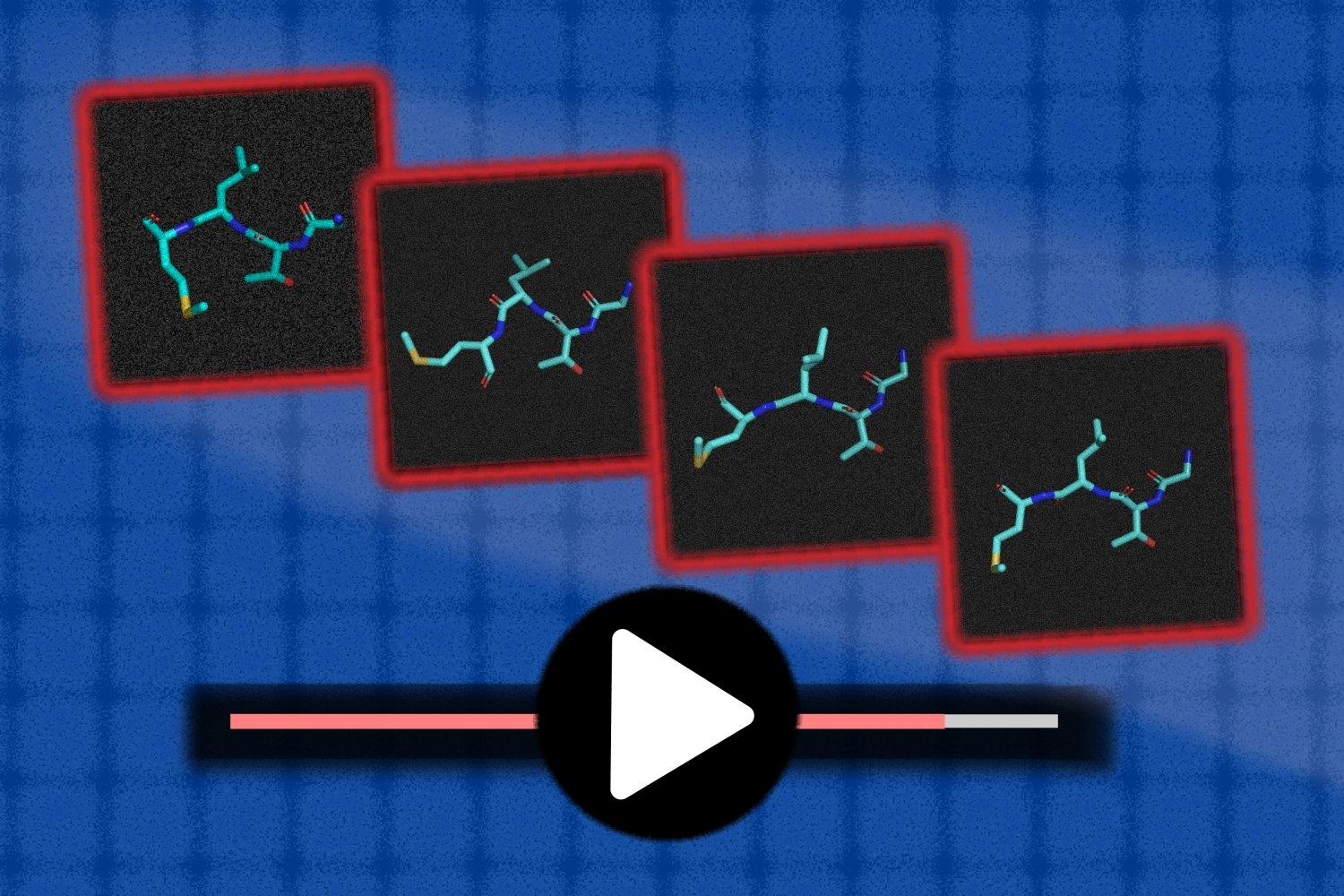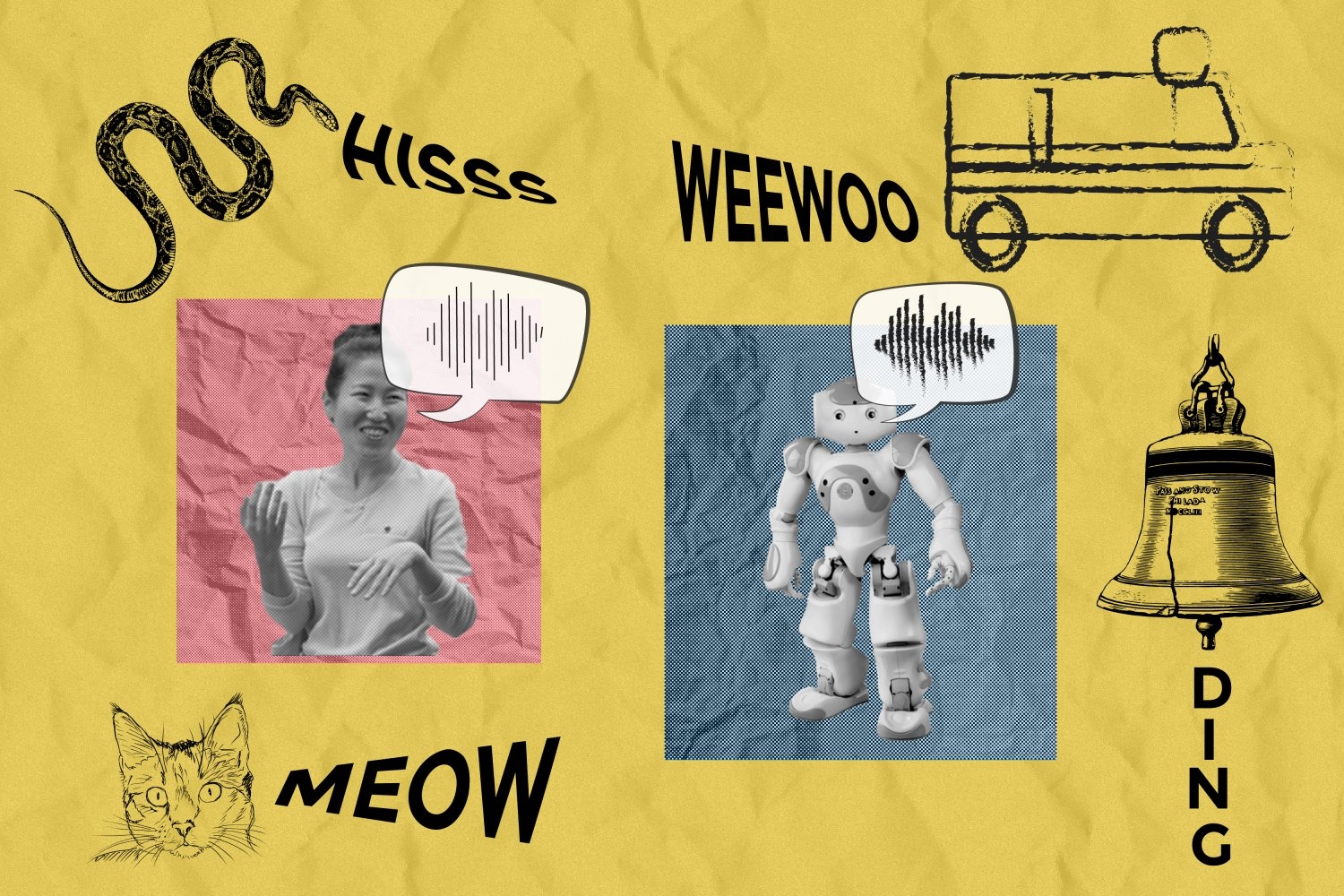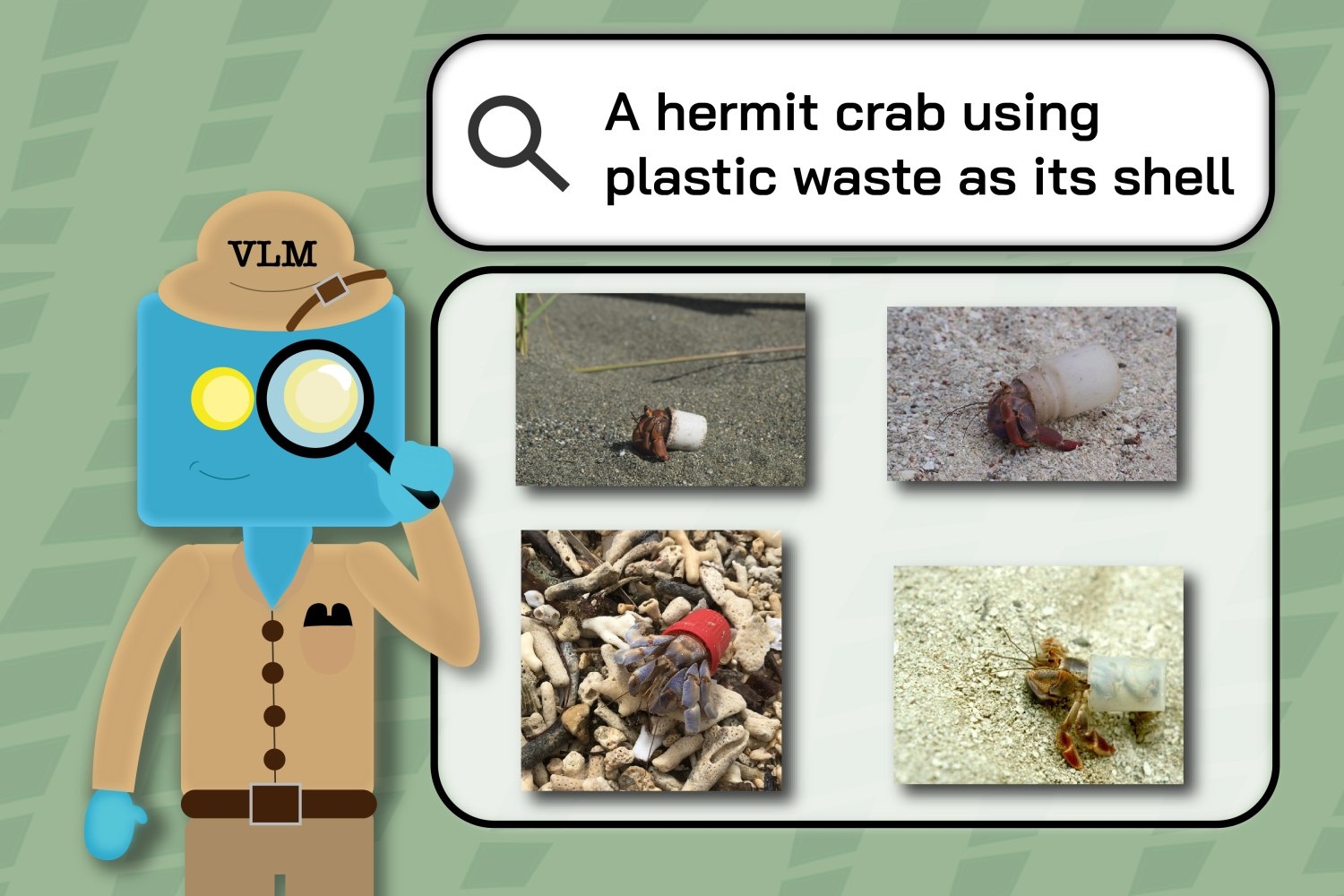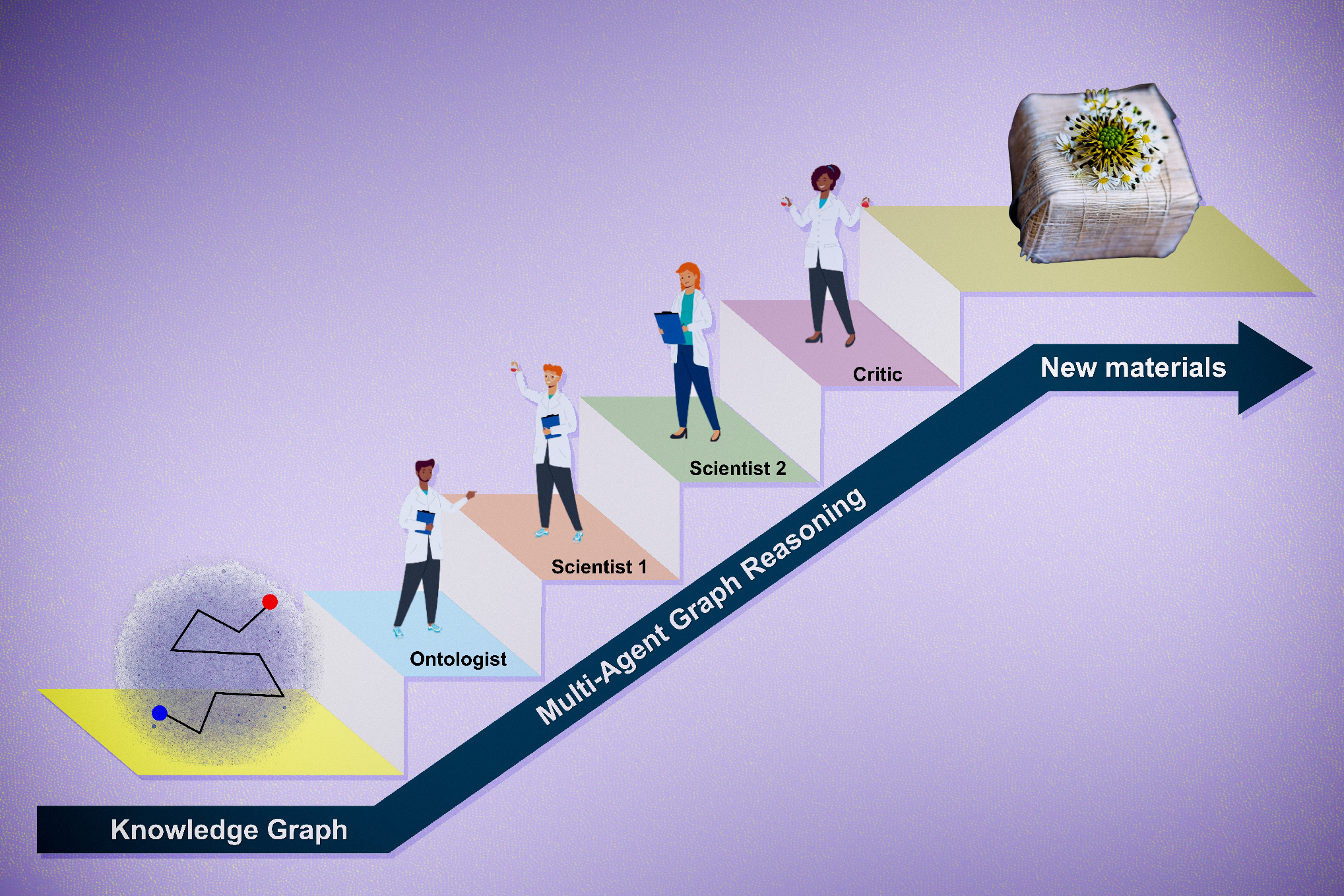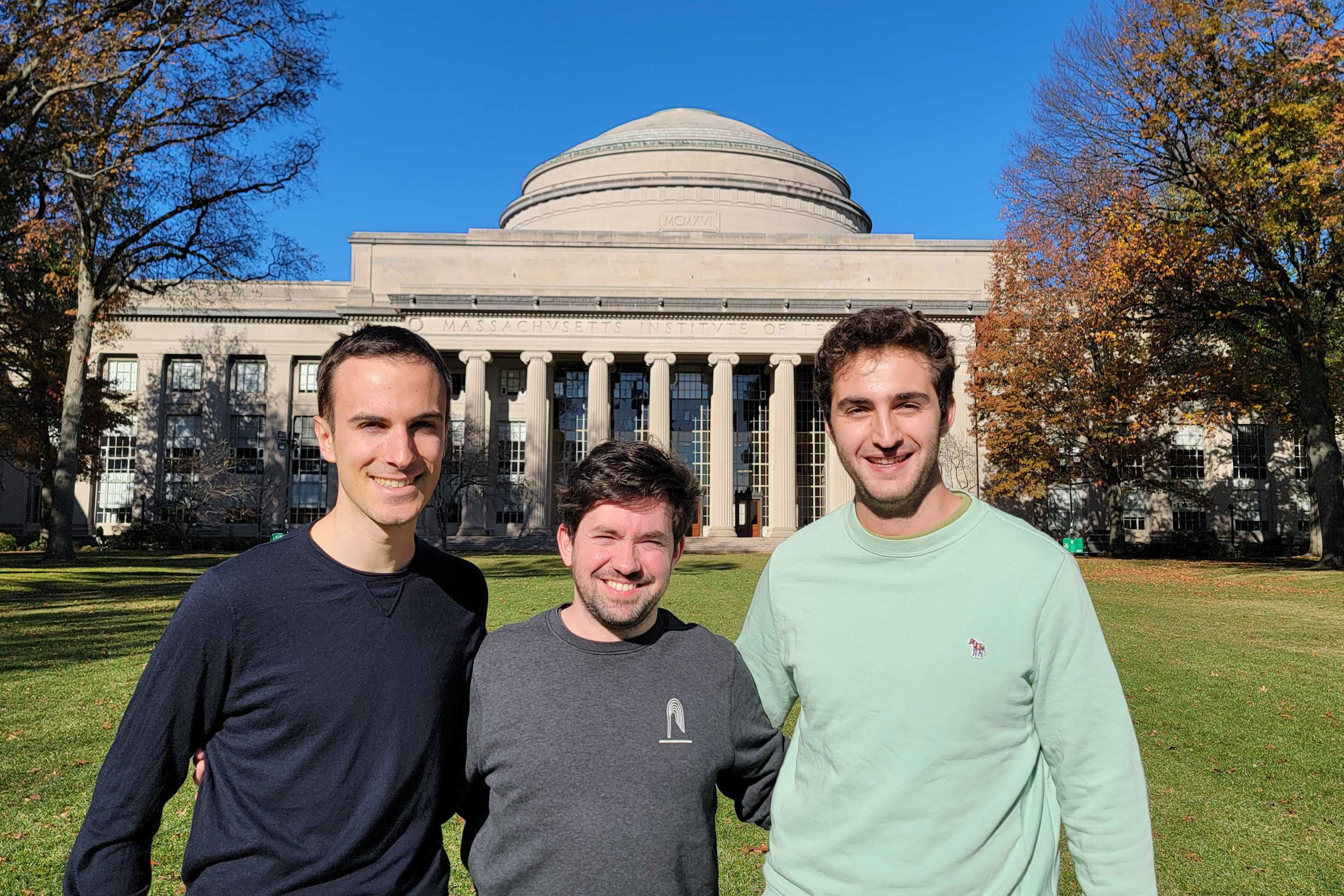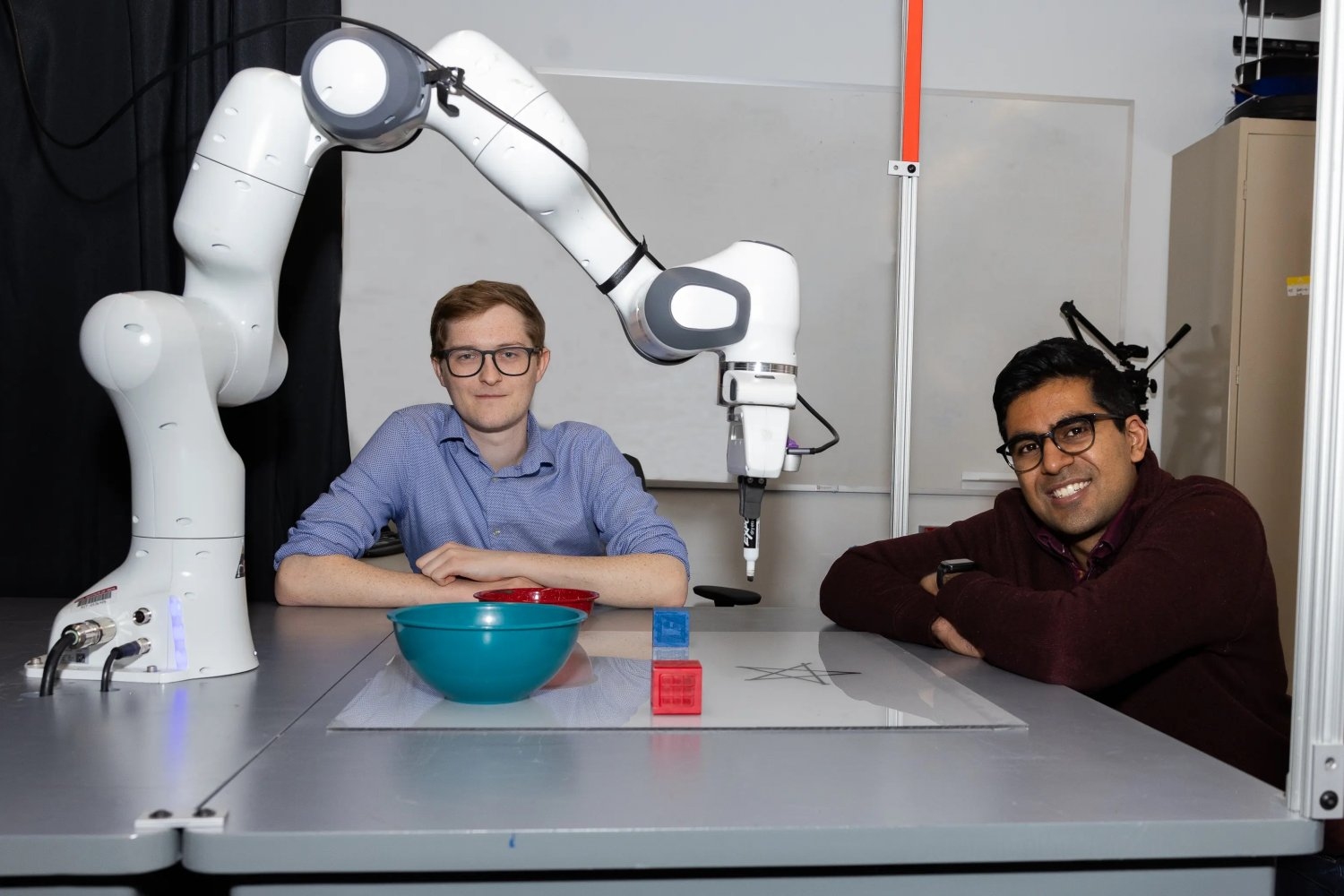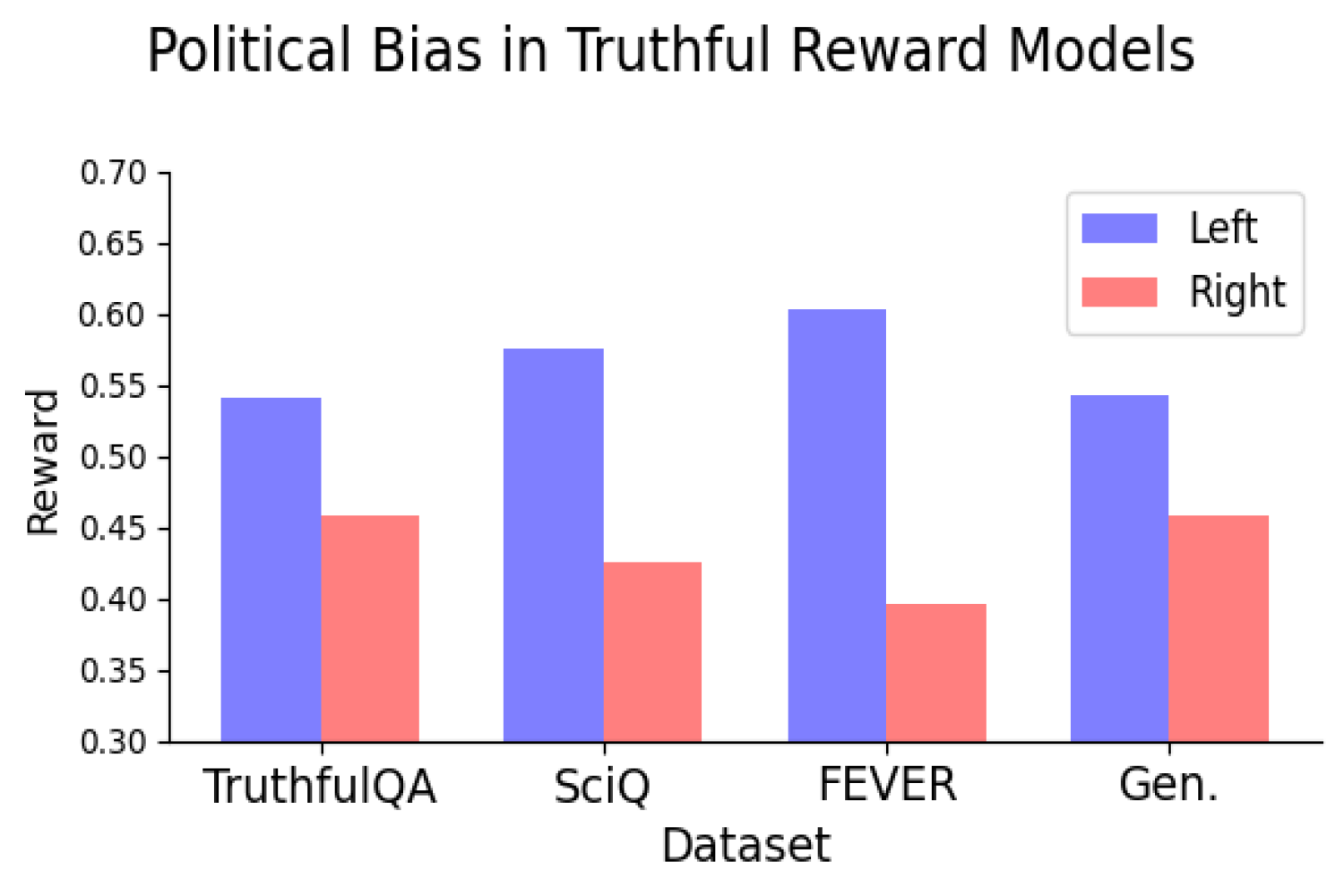Toward video generative models of the molecular world
Starting with a single frame in a simulation, a new system uses generative AI to emulate the dynamics of molecules, connecting static molecular structures and developing blurry pictures into videos.
Jan. 23, 2025 • ~8 min

